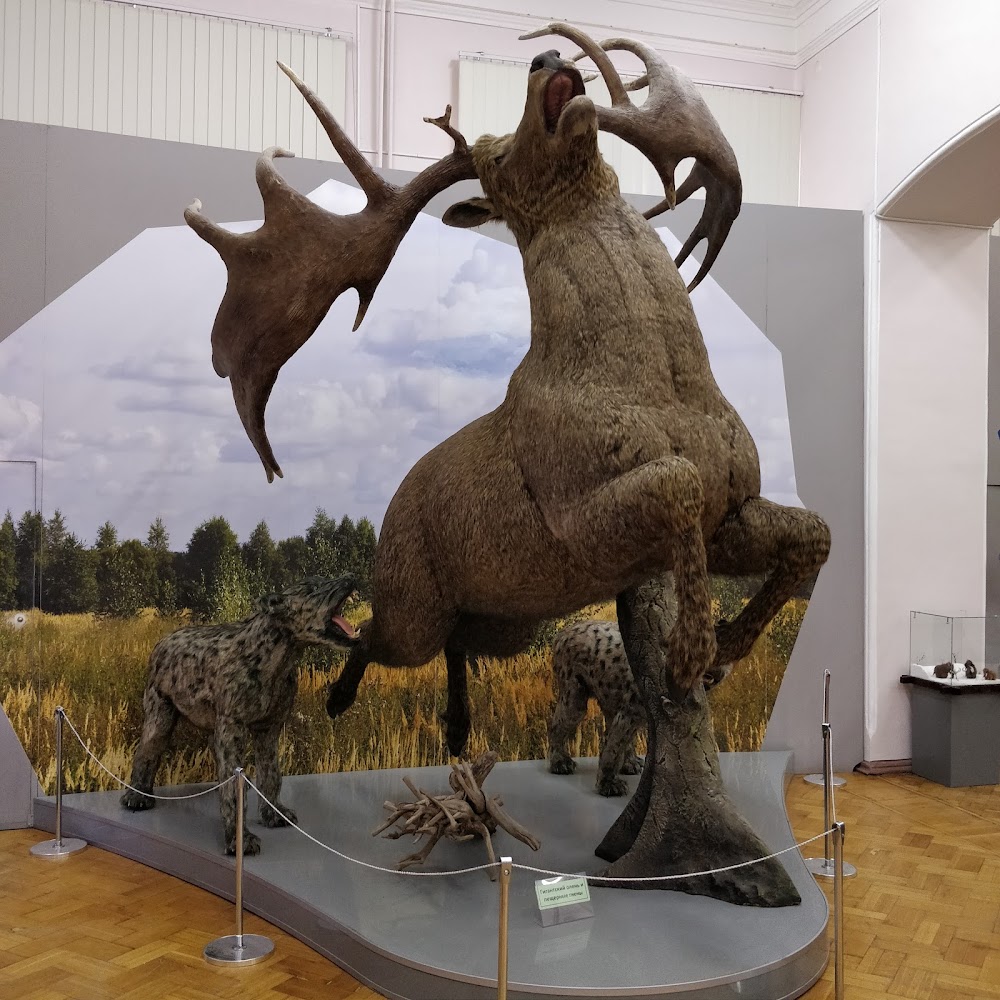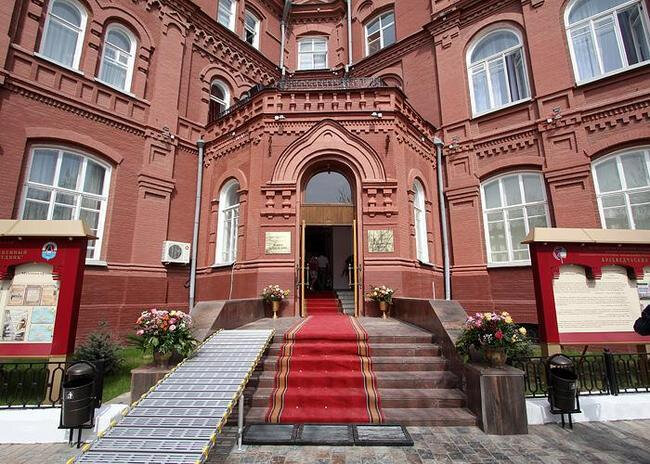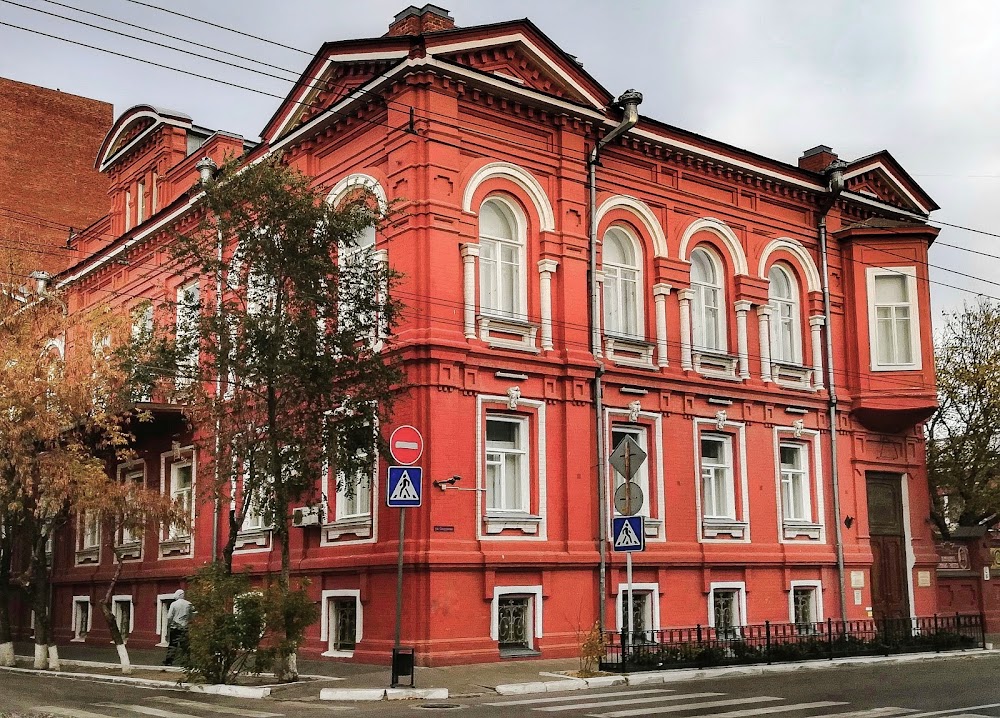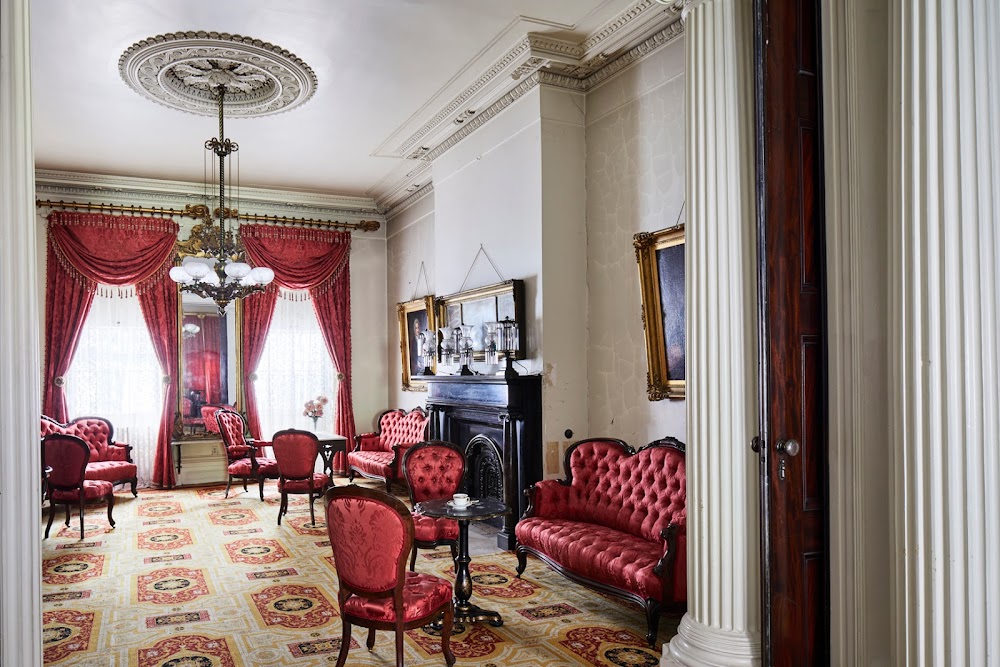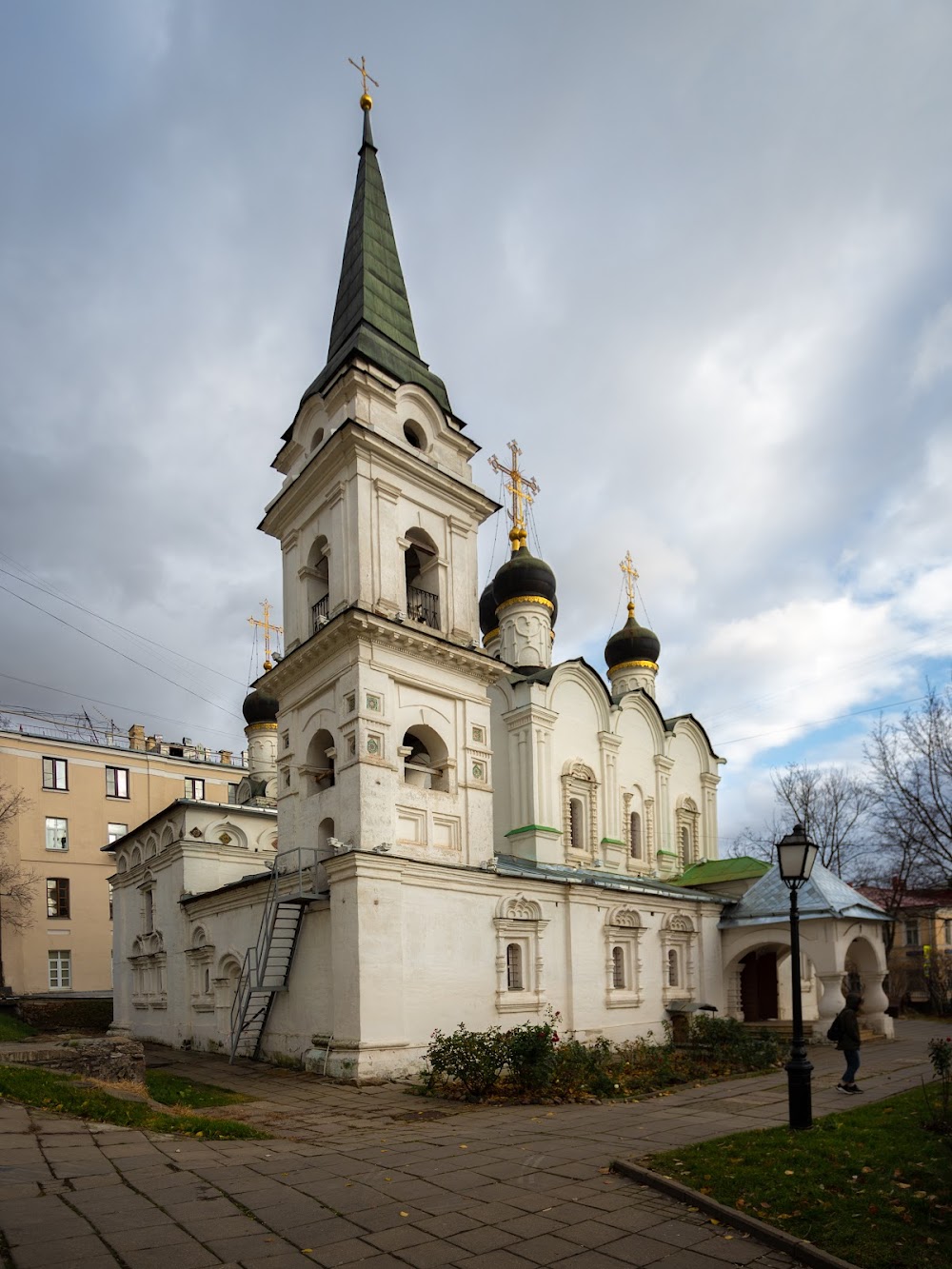Astrakhan State United Historical and Architectural Museum Reserve (Астраханский государственный объединенный историко-архитектурный музей-заповедник)
Overview
The Astrakhan State United Historical and Architectural Museum Reserve, located in the picturesque Astrakhan Oblast of Russia, serves as a vital cultural and educational institution that beautifully intertwines the region's rich history, archaeology, and architectural heritage. Its foundation and evolution mirror the transformative journey of Astrakhan itself, reflecting centuries of historical changes.
The museum's roots can be traced back to 1837, when a public museum was established under the auspices of the provincial government. This initial endeavor showcased collections of local artifacts, historical documents, and specimens from natural history, laying a solid foundation for what would grow into a vast cultural repository.
The museum's significant development commenced in 1918, amid the socio-political turbulence following the Russian Revolution. It was during this period that local historians and educators advocated for a dedicated institution to safeguard Astrakhan’s diverse and rich past. This effort culminated in the formal establishment of the current museum, which consolidated various collections and secured unique artifacts that tell the story of the region.
A major milestone was reached in 1919 with the inclusion of the Astrakhan Kremlin ensemble into the museum. This historic fortress, primarily built in the 16th century under Ivan the Terrible, showcases a striking blend of Russian and oriental architecture. Its formidable defensive walls, towers, and stunning cathedrals, such as the Assumption Cathedral, contribute significantly to the museum reserve, providing a visually captivating and historically significant site.
Over the years, the museum broadened its scope by adding new buildings and galleries. One notable addition is the former Astrakhan Private Commercial College, established in the late 19th century, which now features exhibits focused on the educational and commercial history of the region.
The Soviet Era marked a pivotal chapter in the museum's journey, as its collections were greatly enriched. Artifacts from recent archaeological digs and historical discoveries were cataloged, while exhibitions were curated to educate the public in alignment with Soviet ideals. Restoration projects also began, aimed at preserving the architectural monuments within the museum reserve, ensuring both their longevity and historical integrity.
As the world changed post-Soviet Union, the museum adapted by embracing a broader perspective. It began highlighting themes of regional autonomy and multicultural heritage, showcasing the rich intermingling of Russian, Tatar, Kazakh, and other cultures that shape Astrakhan Oblast. This new era saw the adoption of advanced preservation techniques, collaborations with international historians, and the digitization of the museum's archives.
Today, the Astrakhan State United Historical and Architectural Museum Reserve stands as a beacon of cultural preservation and education. Its extensive collection boasts over 300,000 items, including archaeological finds, rare manuscripts, fine art, numismatics, and ethnographic materials. The museum operates across various historical buildings, each meticulously maintained and restored to reflect its significance.
Among its standout attractions are the Assumption Cathedral, renowned for its stunning frescoes and iconostasis, and the Red Gate Tower, a historic entrance to the Kremlin. Each structure within the museum reserve not only serves as an exhibit space but also acts as an educational resource that brings history to life for visitors of all ages.
The museum actively engages the community through programs designed for students, researchers, and tourists alike. Workshops, lectures, guided tours, and interactive exhibitions provide a deeper understanding of the history and heritage of Astrakhan Oblast. These initiatives embody the museum’s ongoing mission to make history accessible and engaging while fostering cultural awareness and pride.
Continuous preservation efforts, bolstered by regional and national funding along with international grants, ensure the museum's longevity. Future plans include further digitization of records, expansion of exhibition space, and improvement of visitor facilities to meet modern museum standards.
In summary, the Astrakhan State United Historical and Architectural Museum Reserve is not just a repository of artifacts; it is a dynamic educational institution. By preserving and showcasing the architectural and historical treasures of Astrakhan, it plays a crucial role in keeping the region’s multifaceted past alive for generations to come.


